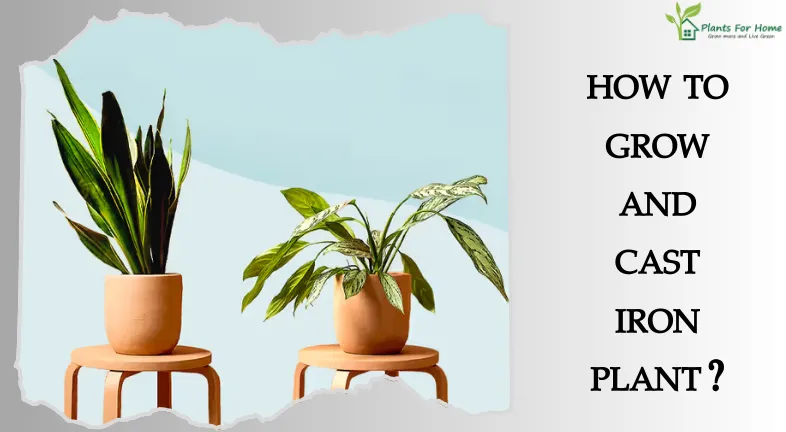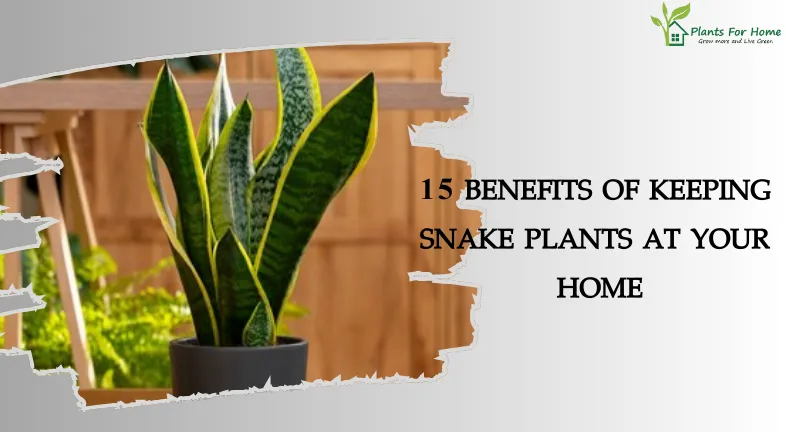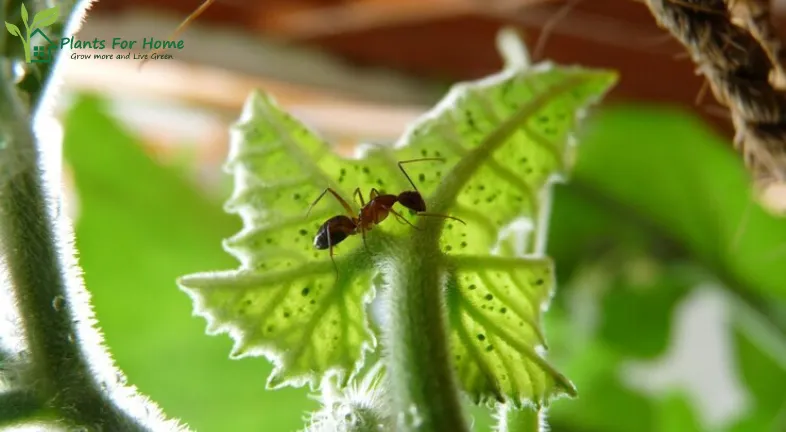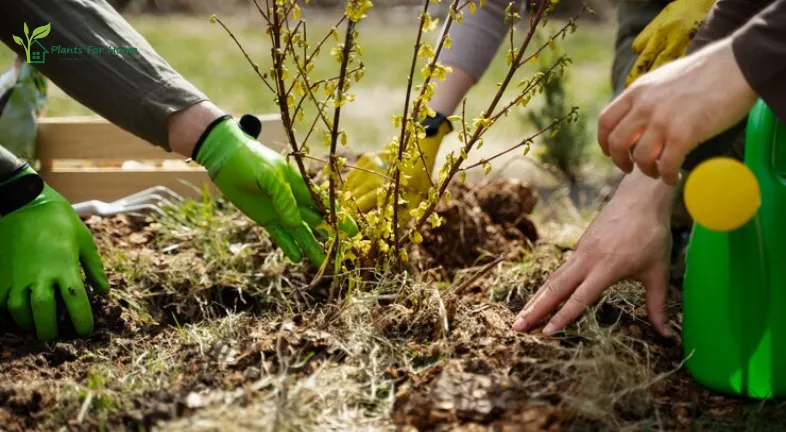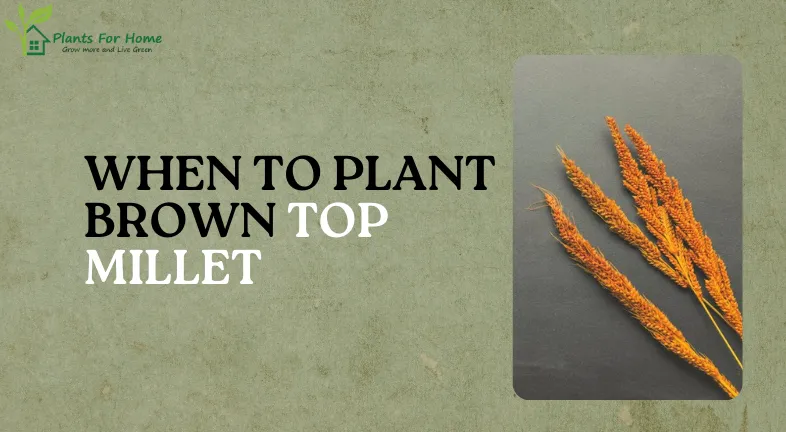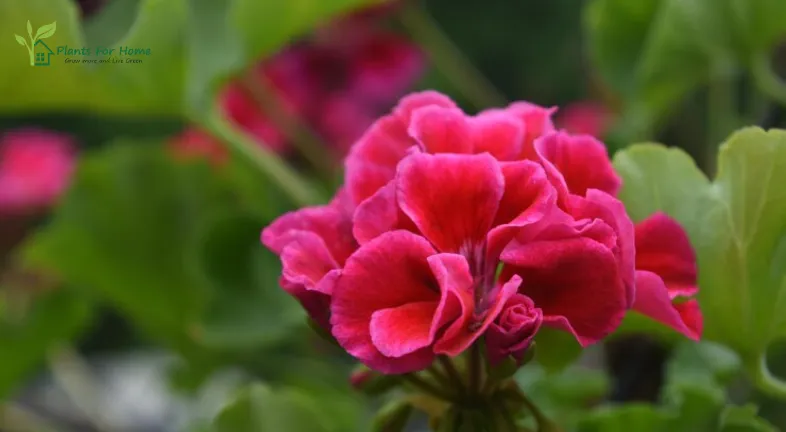PURPLE ELEPHANT EAR PLANT

Purple elephant ear plants are eye-catching and add an exotic touch to any indoor or outdoor setting with their towering, massive foliage. These Araceae family members are gorgeous tropical plants that require very little maintenance in addition to their amazing aesthetic appeal. These colorful plants provide a satisfying experience, regardless of your level of gardening skill.
Disclosing the Varieties: A Range of Purple Shades
Even though the famous “Black Magic” with its almost black leaves might take center stage, the world of purple elephant ears is far more intricate. Here’s an overview of a few well-liked cultivars:
Colocasia esculenta”Black Magic”This classic grows best in damp conditions and has heart- shaped, nearly black leaves.
Alocasasia zebrina, often known as”Pink China” Gorgeous deep purple foliage with vivid pink veins; ideal for pots. The Alocasia lauterbachiana, or”Purple Sword”: Its slender, wavy leaves are upright and beautiful, with a shiny green top and a striking purple underside.
“Thailand Giant” (Alocasia macrorrhiza’Thailand Giant’): This enormous plant has a deep, rich purple coloration and can grow up to 8 feet across, making its leaves really colossal.
Alocasia ‘Black Velvet’ The striking contrast of lime-green veins and deep, velvety purple foliage makes for a striking statement.
Beyond this, a plethora of cultivars provide differences in size, color, and vein patterns, so you can customize your selection to your preferred visual style.
Planting Your Bit of Paradise: Developmental Requirements
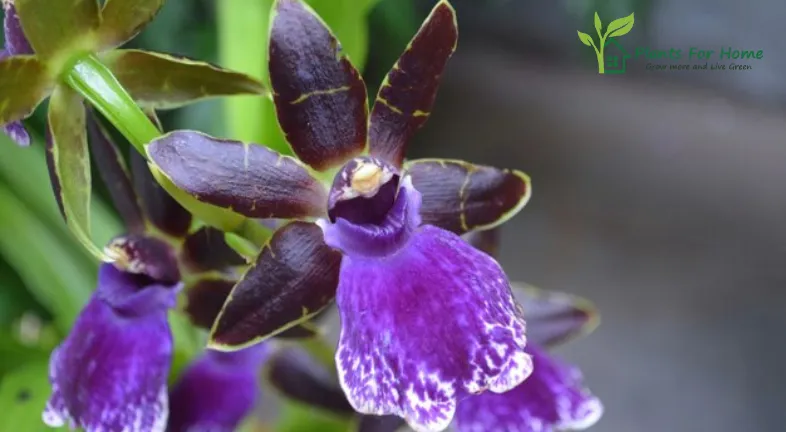
Here’s what your purple elephant ear needs to grow, whether you decide to put it in your house or garden:
Light: The majority of types like bright, indirect light or filtered sunshine. Delicate leaves can be scorched by direct sunlight.
Soil: Garden soil or potting mix that drains well and is damp but not waterlogged is essential. For improved drainage, amend heavy soil with compost or perlite.
Watering: When the top inch seems dry, water deeply into the soil to maintain a constant moisture content. Steer clear of overwatering, as this might cause root rot.
Temperature and Humidity: 65°F to 85°F (18°C to 29°C) is the ideal temperature range. Particularly inside, aim for moderate to high humidity levels. Regular misting or humidifier use can be beneficial.
Fertilizer: During the growing season, apply a half-strength solution of a balanced fertilizer once a month.
Mulch: To keep moisture in the plant and keep weeds out, spread a layer of mulch around the base of the plant.
Selecting a container: For indoor plants, go for a pot whose drainage holes are just a little bit bigger than the root ball.
Diseases and pests: Be cautious of typical pests that affect houseplants, such as spider mites and aphids. Apply neem oil or insecticidal soap right away. Extreme moisture might lead to fungal infections. Make sure there is enough airflow and drainage.
Beyond Beauty: Surprising Advantages
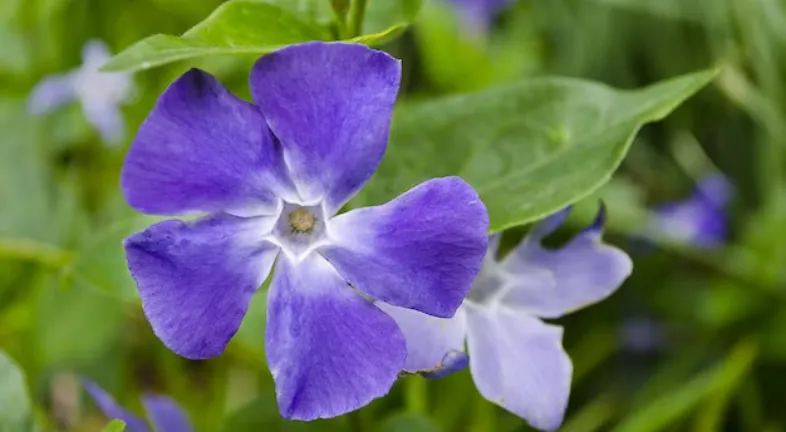
In addition to their obvious aesthetic value, purple elephant ear plants provide a number of unnoticed advantages:
Air purification: They help create cleaner indoor air by absorbing benzene and formaldehyde.
Regulation of humidity: Their huge leaves contribute to increased humidity, which is good for dry skin and respiratory health.
Privacy and focal point: Big varieties give gardens beautiful focal points and act as privacy screens.
From Seed to Glory: The Magic of Propagation
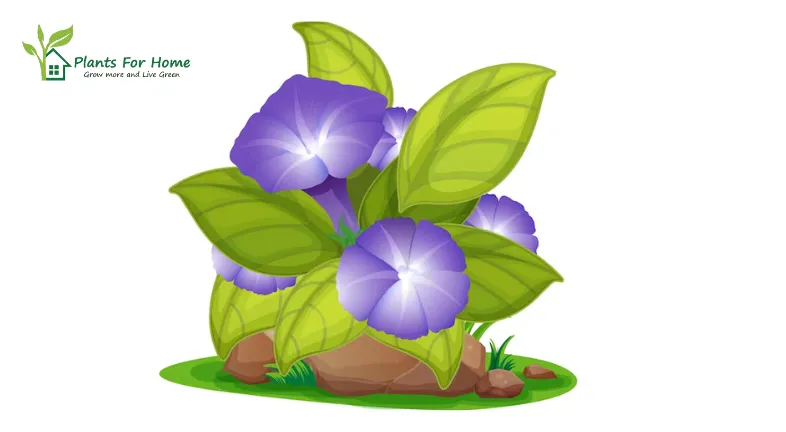
Wish to expand the magic of your purple elephant ears? Here are two such techniques:
Division: While the plant is actively growing, carefully split the underground stem, or rhizome, into pieces, making sure that each segment has many roots and leaves. Put every section back in its own container.
Stem cuttings: Chop off a healthy section of a stem that has many leaves and a node. Keep it moist and submerge it in water or potting mix that drains well. After a few weeks, new roots will grow, and you can move it to a larger pot.
CONCLUSION:
Purple elephant ear plants have many uses and aesthetic appeal, from their eye-catching hue to their ability to filter the air. These wonderful tropical plants can flourish and bring something extraordinary into your yard or house with the right care and a little love. So embrace your inner botanist and go on an adventure with these magnificent giants.


